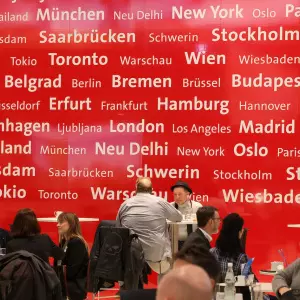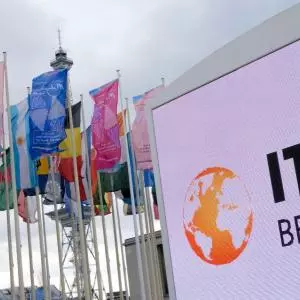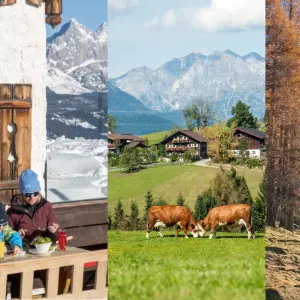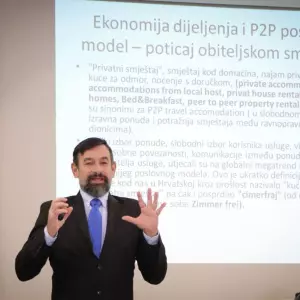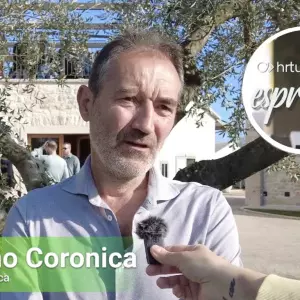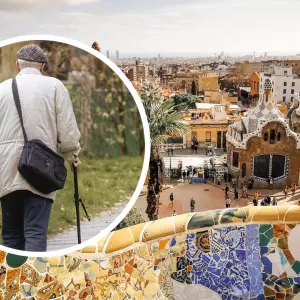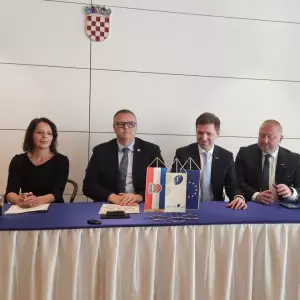Tourism event
We have often heard that "tourism is happening to us". An attractive area first attracts day trippers, then food is sought after, then accommodation, and traffic grows year after year. All this happens "by itself".
The result of such unplanned development can be very harmful for the environment and the local community. Finally, such development can bring completely opposite results than desired.
How should planning begin?
If we understand tourism as a socio-economic phenomenon that can preserve life in a rural area, an economically underdeveloped area, and provide an opportunity for the local community to survive, then this is exactly where planning begins.
The first step
The first step is actually to follow the demographic picture of the community. According to the number of permanent population, the number of families, the number of children in the family, the possibility of community growth in the medium term of 20 years can be predicted. If we want to preserve the level of able-bodied, productive members of the community, then precisely through tourism development planning we can create jobs for these children, young people, for the next generation.
Second step
Urban planning is the next step based on demographic indicators. Practically every minor family member should have the possibility to create a family in their community in the future. The size of building plots, the size of residential buildings and their versatility derive from the necessary services in tourism, which is based on the local community.
The third step
The infrastructure that accompanies urbanization is also planned over a longer period of time. The basic infrastructure is running, drinking water, then sewage systems, electricity, road network, parking lots, waste disposal system, internet, mobile phone network signal... All of the above must be planned for peak loads at the moment when the end point of the planned development is reached.
The fourth step
Planning the development and expansion of the capacity of social and commercial services that are needed by the local population and tourists. This category includes food production, trade in food and household goods, service craft services, kindergartens, schools, health care, firefighting, ensuring public order and peace, prevention of general crime...
Fifth step
Education of the local population to provide services in tourism, directing children to schools that train them for a range of services related to the needs of the local population and tourists. Constant monitoring of the level of service quality, training, specialization, training, education...
Sixth step
Marketing activities that build and improve the tourist product, promote the tourist destination, manage arrivals and economic benefits of the local community through the placement of products and services in tourism.
Local population – people residing in the tourist destination
These six basic steps go "hand in hand" in the planned development and they are constantly "in operation". Of course, new residents of the tourist destination can be included in the whole process - at any time. The local population is the one who resides in the tourist destination. Based on that residence, the income tax remains for the most part in the local self-government unit, as well as the tourist tax. The permanent population or resident population is the basis of the local economy. "Seasons" help the local community in seasonal work both in agriculture and in tourism.
"Cover yourself as long as your blanket is"
Any deviation from the aforementioned legality of the planned development will cause problems that we are currently witnessing in many tourist developed areas in Croatia. Shortage of drinking water, pollution of the sea, accumulation of untreated waste, decline of energy systems, lack of manpower, unsustainable loads on the communal system and a large increase in the cost of maintaining that system... These are just some of the symptoms of unplanned development and tourism that is "happening to us". Theses are often replaced when writing about this issue, so the finger is pointed at the local population as the culprits of the crisis development of the situation. The truth is that the local population was left out as a factor in the planned development, everything was already happening based on space, demand growth and interested investors, be they big or small.
The final result is an increase in tourist traffic, an increase in financial income with the simultaneous emigration of the population, a demographic decline, even a crash, turning places into seasonal resorts without life in the rest of the year.
Is the development of tourism for the purpose of obtaining investors' profits the right way?
Absolutely not. This can be compared to any other natural amenity, such as, for example, extremely fertile land that we lease or own to individuals and companies outside the local community. They will exhaust that land, strive for maximum yield, use all possible and impossible means to increase profitability. When such circumstances disappear, they will leave the poisoned country and the local population will remain on the margins, without income, without involvement in production or only as an underpaid workforce until the opportunity to leave is created. It is the same with tourism, which is based on foreign investors. They are, of course, always welcome if they fit into the rules set by the local community. And not vice versa.
There are enough positive and negative examples from practice, so we will deal with them in the following sections.
Author: Nedo Pinezić, Nedopinezic.com


